Filter by
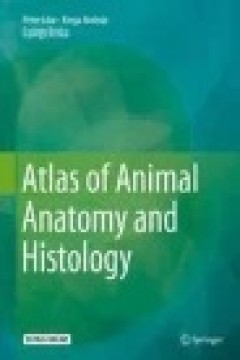
Atlas of Animal Anatomy and Histology
This atlas presents the basic concepts and principles of functional animal anatomy and histology thereby furthering our understanding of evolutionary concepts and adaptation to the environment. It provides a step-by-step dissection guide with numerous colour photographs of the animals featured. It also presents images of the major organs along with histological sections of those organs. A wide …
- Edition
- -
- ISBN/ISSN
- 978-3-319-79745-8
- Collation
- XV, 413
- Series Title
- -
- Call Number
- 571.3
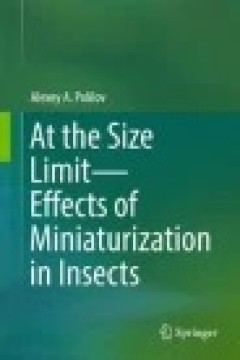
At the Size Limit - Effects of Miniaturization in Insects
This book addresses microinsects, their structure and their differences from larger relatives. Moreover, it discusses structural changes that accompany extreme diminution in living organisms, evolutionary inventions that help insects to live in the microworld, and factors that limit the size of animals. It also takes a careful look at the potential benefits of the study of microinsects for solv…
- Edition
- -
- ISBN/ISSN
- -
- Collation
- X, 325
- Series Title
- -
- Call Number
- 571.3
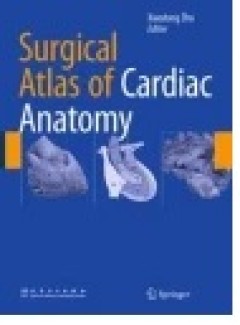
Surgical Atlas of Cardiac Anatomy
This Atlas is illustrated with rich pictures of cardiac surgical specimens. It not only contains normal heart specimens but also dissects those specimens, taking pictures from various angles to create a three-dimensional representation. It also includes reviews of the specimens’ pathological reviews. Chapter 1 through 10 introduce the normal anatomy of the cardiac chambers and surgical approa…
- Edition
- -
- ISBN/ISSN
- 978-94-017-9409-1
- Collation
- XXII, 458
- Series Title
- -
- Call Number
- -
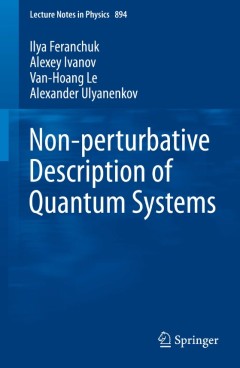
Non-perturbative Description of Quantum Systems
This book introduces systematically the operator method for the solution of the Schrödinger equation. This method permits to describe the states of quantum systems in the entire range of parameters of Hamiltonian with a predefined accuracy. The operator method is unique compared with other non-perturbative methods due to its ability to deliver in zeroth approximation the uniformly suitable est…
- Edition
- 1
- ISBN/ISSN
- 978-3-319-13006-4
- Collation
- XV, 362
- Series Title
- Lecture Notes in Physics
- Call Number
- -

The Tree Shrew (Tupaia belangeri chinensis) Brain in Stereotaxic Coordinates
This atlas is currently the most systematic and comprehensive atlas of the tree shrew brain. The purpose of this book is to help scientists acquire accurate coordinates of the brain regions of the tree shrew, which is becoming a popular animal model for a variety of human diseases. This atlas contains series of 192 coronal sections, 36 sagittal sections, and 49 horizontal sections using Nissl s…
- Edition
- -
- ISBN/ISSN
- 978-981-10-0611-1
- Collation
- -
- Series Title
- -
- Call Number
- -
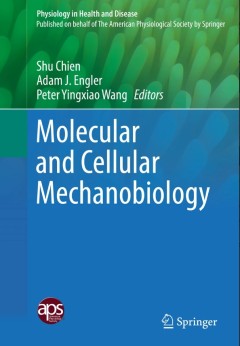
Molecular and Cellular Mechanobiology
This book will cover the cutting-edge developments in molecular and cellular mechanobiology to date. Readers will have a clear understanding of mechanobiology at the molecular and cellular levels, encompassing the mechanosensors, transducers, and transcription. An integrative approach across different scales from molecular sensing to mechanotransduction and gene modulation for physiological reg…
- Edition
- 1
- ISBN/ISSN
- 978-1-4939-5615-9
- Collation
- XIII, 302
- Series Title
- Physiology in Health and Disease
- Call Number
- -

The Science of Human Evolution
This textbook provides a collection of case studies in paleoanthropology demonstrating the method and limitations of science. These cases introduce the reader to various problems and illustrate how they have been addressed historically. The various topics selected represent important corrections in the field, some critical breakthroughs, models of good reasoning and experimental design, and im…
- Edition
- -
- ISBN/ISSN
- 978-3-319-41585-7
- Collation
- -
- Series Title
- -
- Call Number
- -
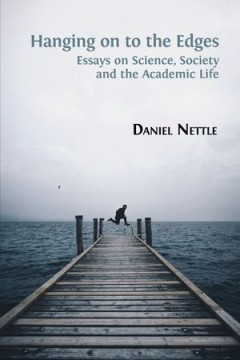
Hanging on to the Edges
What does it mean to be a scientist working today; specifically, a scientist whose subject matter is human life? Scientists often overstate their claim to certainty, sorting the world into categorical distinctions that obstruct rather than clarify its complexities. In this book Daniel Nettle urges the reader to unpick such distinctions—biological versus social sciences, mind versus body, and …
- Edition
- -
- ISBN/ISSN
- 9781783745821
- Collation
- -
- Series Title
- -
- Call Number
- -
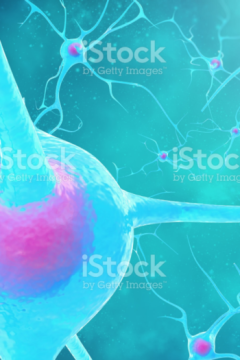
KINES 531: Neural Control of Movement
This book is a cloned version of KINES 200: Introductory Neuroscience by Peter L.E. van Kan, Ph.D., published using Pressbooks under a CC BY (Attribution) license. It may differ from the original.
- Edition
- -
- ISBN/ISSN
- -
- Collation
- -
- Series Title
- -
- Call Number
- 611 KAN k
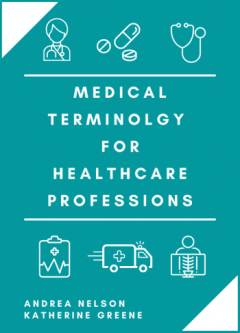
Medical Terminology for Healthcare Professions
Overview: Medical Terminology for Healthcare Professions is an Open Educational Resource (OER) that focuses on breaking down, pronouncing, and learning the meaning of medical terms within the context of anatomy and physiology. This resource is targeted for Healthcare Administration, Health Sciences, and Pre-Professional students.
- Edition
- -
- ISBN/ISSN
- -
- Collation
- -
- Series Title
- -
- Call Number
- 613 NEL m
 Computer Science, Information & General Works
Computer Science, Information & General Works  Philosophy & Psychology
Philosophy & Psychology  Religion
Religion  Social Sciences
Social Sciences  Language
Language  Pure Science
Pure Science  Applied Sciences
Applied Sciences  Art & Recreation
Art & Recreation  Literature
Literature  History & Geography
History & Geography